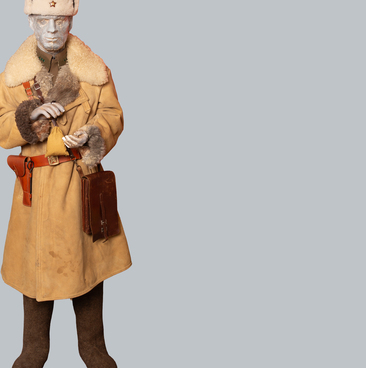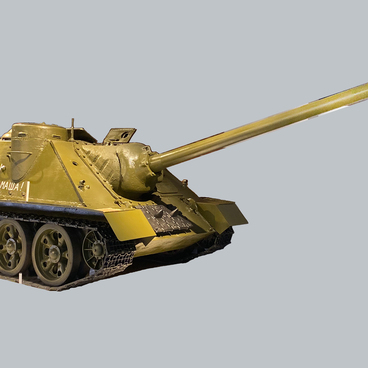In 1923, the Central Radio Laboratory was established in the USSR. It was later renamed the Institute of Broadcasting Reception and Acoustics. It also developed radio receivers. It was in this radio laboratory in 1924 that the first Soviet electromagnetic receiver “Record” was developed. The production of the first models was established at the Kulakov Plant in Leningrad.
From then on, radio broadcasting began to spread widely in the cities and villages of the Soviet Union. By the early 1930s, the production of receivers reached 1.5 million units per year, and it was also possible to significantly reduce their final market value — from 29 to 7 rubles. Loudspeakers and receivers became an integral part of Soviet apartments and houses.
The “Record” radio receiver was designated in the technical documentation as a wired subscriber loudspeaker. This was a household electronic device that was intended for receiving and reproducing broadcast programs transmitted over a wired broadcasting network.
The main part of the receiver is its “dish” type diaphragm. This is an element of the receiver that converts electrical energy into acoustical signal energy, which is then radiated into a room or open air. It is mounted on metal holders and combined with an electromagnetic mechanism.
This loudspeaker was produced in several modifications at the radio factories of the People’s Commissariat for Communications in Moscow, Leningrad, Nizhny Novgorod and Kharkiv. In the Soviet Union, from the 1930s to the 1950s, such devices were the main means of receiving urgent messages, and during the Great Patriotic War, they were the only means.
With the beginning of the war, in accordance with the resolution of June 25, 1941 “On the Surrender of Radio Receivers and Radio Transmitting Devices by the Population to the Warehouses of the All-Union Radio Committee” (in fact, people were supposed to bring them to the nearest post office) all terrestrial radios were confiscated from the population, with the exception of dish-type loudspeakers.
Every day, people in the rear gathered under these “dishes” to hear the orders of the Supreme Commander-in-Chief, announcements of the Soviet Information Bureau about the course of the battles, the broadcasts “Listen to the Front”, “Letters from the Front” and “Letters to the Front”, combat marches and songs.




